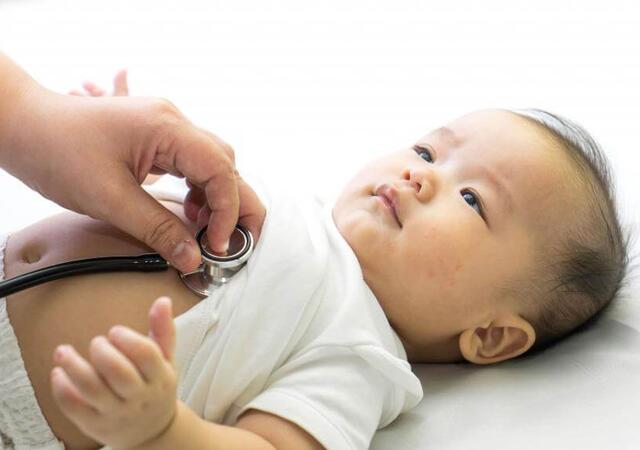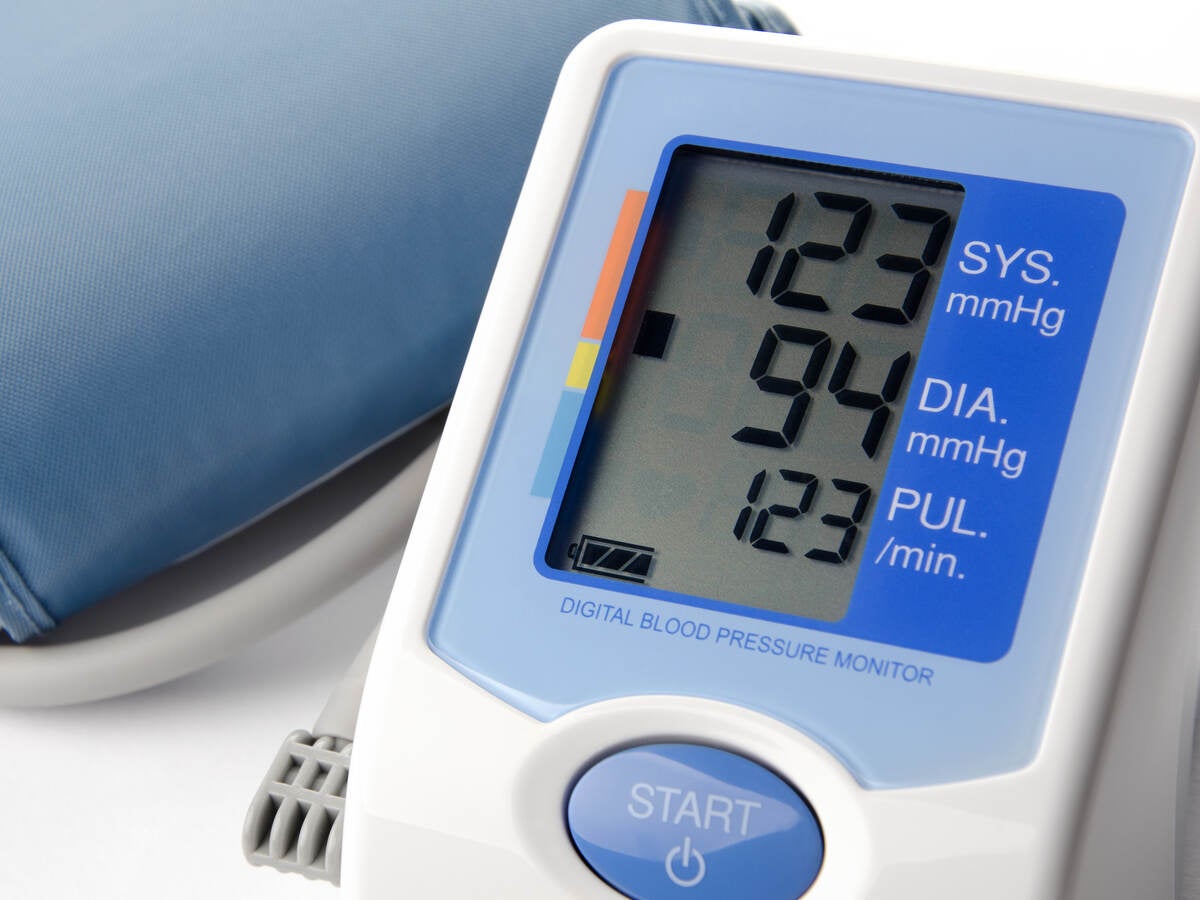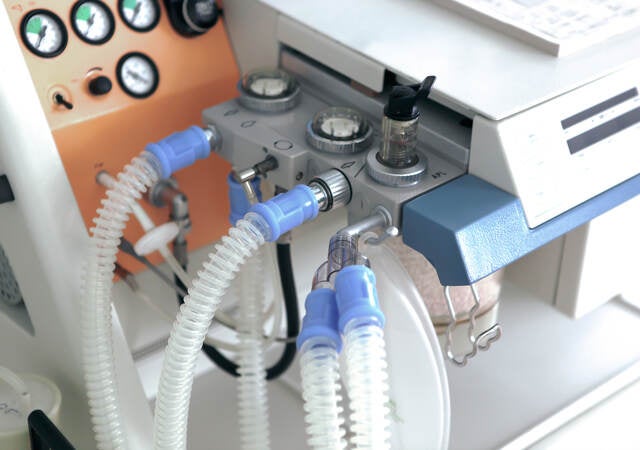June 20, 2025
By Sade Sobande
On June 17, 2025 (one day following the release of MDCG 2025-4), the EU commission published a revision to MDCG 2019-11, Guidance on Qualification and Classification of Software in Regulation (EU) 2017/745 – MDR and Regulation (EU) 2017/746 – IVDR. While there are no substantive changes, several meaningful clarifications are worth mentioning.
Refined scope to include AI
The term medical device artificial intelligence (MDAI) appears for the first time, reflecting a growing regulatory focus on AI-enabled software as a distinct subset of medical device software (MDSW) and is subject to the AI Act.
Modular MDSW and the entire device must have an intended purpose
The concept of modular MDSW is reinforced, highlighting the need for each module’s intended purpose to be clearly defined and documented. This is particularly relevant given the increasing prevalence of multi-modal MDSW apps and integrated software platforms.
The days of monolithic software architectures are behind us. “Each module must independently meet regulatory standards, and the collective functionality of all components should align with the declared intended purpose.” It’s not enough to define the overall function of the software; any inter-module dependencies must also be documented. A clear intended purpose is one of the ten guiding principles of good machine learning practice (GMLP). This supports transparent classification and clearer technical documentation.
Rule 11 - Possibly more MDSW classified as higher risk
The most debated classification rule, Rule 11, gets an enhanced interpretation. More examples of MDSW and their expected classifications are provided. Of notable mention is that references are made to MDSW, which informs clinical prognosis or prediction. This expanded language subtly but significantly broadens the types of MDSW expected to fall under the higher risk classes, reflecting increasing regulatory oversight on tools that influence patient management beyond diagnosis and therapy.
Annex XVI scenarios of products without an intended medical purpose
Additional examples are added to aid the interpretation of whether MDSW that is not intended for medical purposes (e.g., wellness, lifestyle apps), still falls under MDR via Annex XVI. While the clarifications are more illustrative than substantive, they offer better guardrails.
The European Health Data Space (EHDS) for electronic health records
The reference to the EHDS is subtle but signals the need for alignment with evolving data access and interoperability rules. This particularly impacts medical device manufacturers developing electronic health record-related software, who can expect a growing emphasis on data portability and structured exchange, and who must comply with MDR/IVDR and EHDS requirements.
Additional class I MDSW examples
An additional example illustrates when MDSW may be justifiably classified as low risk. This underscores that low-risk tools based on validated algorithms with no direct clinical action may confidently be classified as Class I.
Next steps based on the revised guidance
- MDSW manufacturers deploying modular software should revisit their software architecture and confirm that the intended purpose of each module is clearly defined and substantiated.
- In light of the enhanced definition of Rule 11, it would be worth revisiting and reassessing any assumptions made in classification, particularly for MDSW that has been classified as Class I.
- For software handling patient data, the intersection between the MDR/IVDR (Medical Device Regulation No. 2017/745 and In Vitro Diagnostic Device Regulation No. 2017/746) and EHDS should be assessed, and the technical documentation should be updated to confirm that additional requirements were considered.
Concluding remarks
MDCG 2019-11 clarifies areas with varied practical implementation, particularly concerning modular software, predictive functionality and borderline cases. The subtle incorporation of the EHDS also signals a broader shift toward data-aware regulation. These refinements support more consistent application of the MDR/IVDR for MDSW.
Request more information from our specialists
Thanks for your interest in our products and services. Let's collect some information so we can connect you with the right person.







